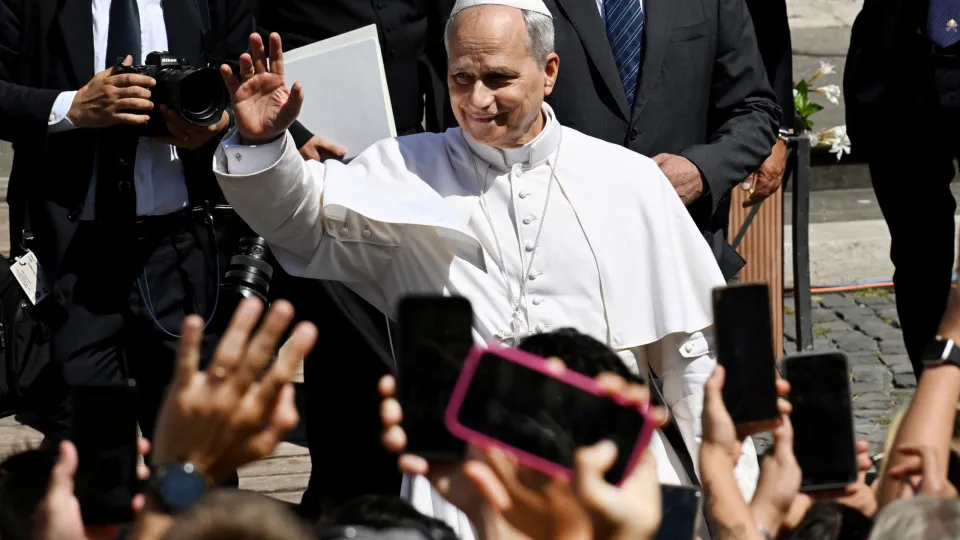The Vatican has reported a financial boost for 2024, with profits from its real estate and investment holdings rising 35.5% to €62.2 million (US$72.5 million). The increase comes as newly elected Pope Leo XIV works to close an €83 million ($96 million) budget gap and tackle growing pension fund liabilities.
The Vatican’s asset manager, APSA, revealed that €38.1 million ($44 million) of the profit came from investments, while €46.09 million ($53.3 million) was directed to the general budget. The remaining €16.1 million ($18.6 million) was retained for future use.
Despite the profit surge, the total value of Vatican holdings was revised downward to €2.6 billion ($3 billion), following a reassessment of its vast real estate portfolio. The Church owns over 5,400 properties worldwide, with most located in Rome and others in major cities like Paris, Geneva, and London. But fiscal concerns remain. The Vatican hasn’t published a full budget report since 2022, raising questions about transparency.
But beyond the balance sheet, the gilded chapels, majestic cathedrals, and marble-floored museums of Vatican City lies a legacy that spans centuries of human civilization. While millions of visitors come each year to admire its surface splendor, only a fraction of the Vatican’s immense cultural and historical wealth is visible to the public.
As the seat of the Catholic Church, the Vatican holds treasures tucked away in vaults, archives, and underground tombs. These artifacts reflect not only the evolution of Christianity, but also the intertwined history of empires, artistic brilliance, and ancient tradition.
Intrigued? Click through to explore some of the priceless artifacts hidden within the world’s smallest country.



